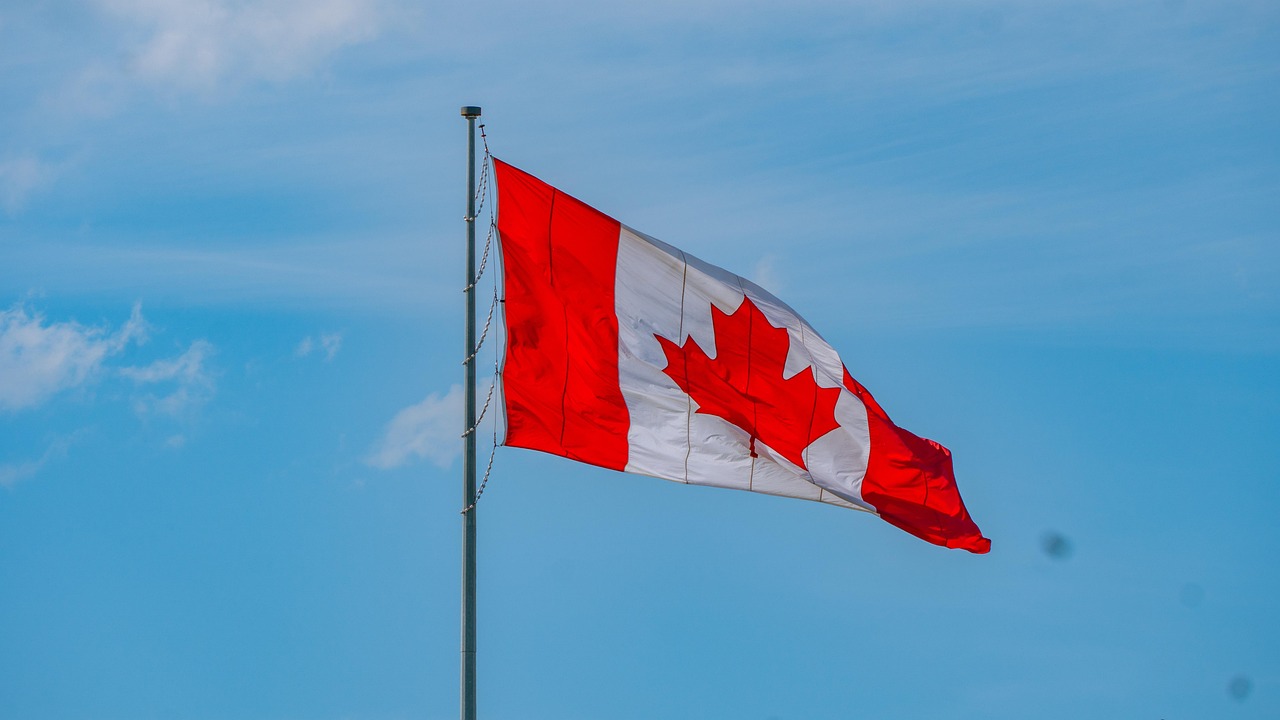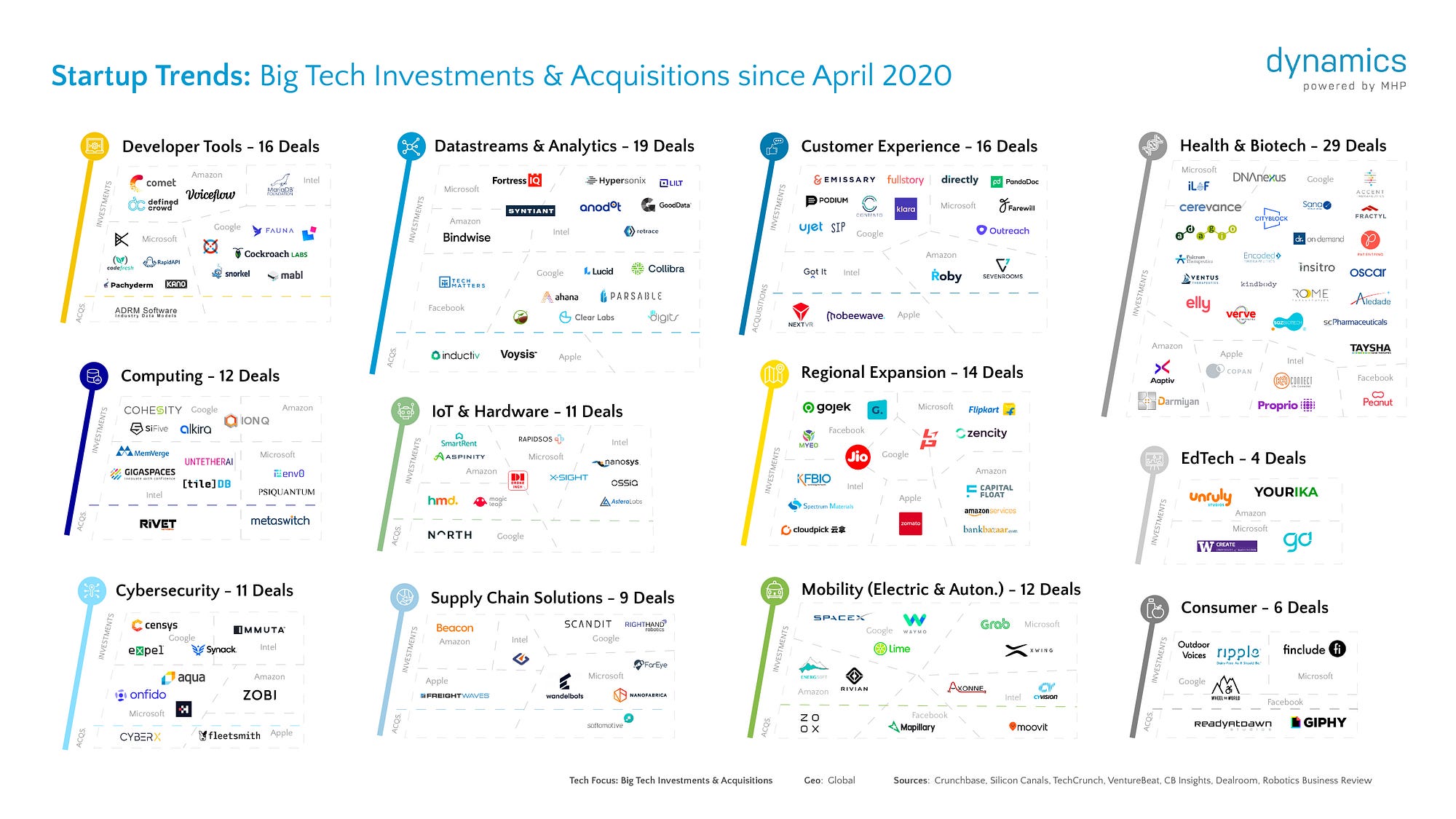Executive summary
Canadian businesses with U.S. operations should assess key strategies and structures following sweeping U.S. tax reforms that could bring cross-border opportunities and challenges.
Canadian businesses and individuals could face significant tax changes following the adoption of new U.S. tax legislation—adding to a year already marked with economic uncertainty and tariff disruptions.
Canadian companies with operations in the U.S. may need to recalibrate key strategies in response to provisions in the One Big Beautiful Bill Act (OBBBA). While certain measures in the OBBBA may offer planning opportunities, others may increase compliance burdens and tax exposure.
The OBBBA’s potential effects on Canadian taxpayers are summarized below. While keeping track of this many updates can become extremely convoluted, taxpayers are encouraged to holistically examine their affairs and consult with the appropriate advisors in making any decisions in response to the OBBBA.
Certain elements of the OBBBA may provide Canadian corporations with more room to repatriate foreign earnings on a tax-free basis.
At a very high level, the Canadian surplus regime consists of notional accounts to track foreign affiliate (FA) earnings. The tax treatment of a dividend paid by the FA depends on which account the dividend is deemed to be paid from.
The exempt surplus account generally tracks the after-tax active business income earned by the FA resident in a country with which Canada has a tax treaty.
Dividends paid by such an FA out of its exempt surplus to its Canadian shareholder are typically deductible, resulting in no Canadian tax to the Canadian parent corporation on repatriation.
Business interest deduction (section 163(j))
This provision limits the amount of business interest expenses a U.S. taxpayer can deduct, including interest carried forward from prior years. It generally caps the deduction at 30 per cent of the taxpayer’s adjusted taxable income, which is determined by adjusting the taxpayer’s tentative taxable income for certain items.
The change allows taxpayers to add depreciation, amortization and depletion deductions when calculating adjusted taxable income for a limited period for tax years beginning after Dec. 31, 2024 and ending Dec. 31, 2029—thereby permanently shifting the calculation to the earnings before interest, taxes, depreciation and amortization (EBITDA).
The legislation ensures that business interest limitation applies before any capitalization, and any disallowed interest is not subject to future capitalization.
U.S. subsidiaries with significant debt could see their U.S. tax liability lowered due to higher interest deductions.
What this could mean for Canadian businesses
While a complete surplus analysis is extremely complex, at its simplest, operating FAs in the U.S. with higher interest deductions (and thus less U.S. taxes) could result in a higher exempt surplus because foreign taxes would otherwise normally reduce exempt surplus available for repatriation. Exempt surplus is beneficial as it allows an FA’s earnings to be returned to the Canadian parent as a tax-free dividend.
Changes to U.S. interest deductibility rules may allow U.S. FAs to deduct more interest, thereby reducing their U.S. taxable income and tax liability. Lower U.S. taxes increase after-tax earnings.
Since generally, exempt surplus calculations start with the FA’s earnings as calculated using U.S. tax rules, an increase in after-tax earnings could result in higher exempt surplus. This would enable larger tax-free dividend repatriations to the Canadian parent.
R&D expenses (section 174)
Under existing U.S. law, all research and development (R&D) expenses incurred in connection with trade or business must be capitalized and amortized—over five years for U.S.-based research and over 15 years for foreign-based research—using the straight-line method.
When a non-U.S. resident corporation that is considered a controlled foreign corporation (CFC)—equivalent to FA and controlled foreign affiliate (CFA) under Canada’s Income Tax Act—performs contract research for a U.S. parent, the U.S. parent must capitalize those costs over the 15-year foreign recovery period.
The new tax reforms restored immediate expensing of eligible U.S.-based R&D costs incurred in tax years beginning after Dec. 31, 2024. This allows U.S. taxpayers to accelerate the deduction of any remaining unamortized R&D costs that were capitalized in 2022 through 2024.
Foreign R&D expenditures remain subject to the current 15-year capitalization requirement.
What this could mean for Canadian businesses
Canadian businesses with active U.S. subsidiaries undertaking R&D functions or integrated cross-border operations could benefit from the U.S. tax rules allowing immediate expensing of R&D costs.
This treatment reduces the U.S. FA’s taxable income and tax liability, thereby increasing the after-tax earnings for an FA. The increase in after-tax earnings may contribute to a higher exempt surplus balance of active business FAs, which would allow larger tax-free dividends to the Canadian shareholder parent.
It could also influence cross-border structuring decisions as these new rules may incentivize Canadian businesses to relocate R&D activities to the U.S.
Bonus depreciation
The OBBBA permanently reinstated 100 per cent bonus depreciation for most qualified property acquired after Jan. 19, 2025. This includes tangible property with a class life of 20 years or less, consistent with prior bonus depreciation rules.
The legislation also introduced a new, temporary full expensing provision for qualified production property—a category of building property typically excluded from bonus depreciation due to its 39-year class life.
What this could mean for Canadian businesses
Canadian businesses with active U.S. subsidiaries that invest in U.S. manufacturing or production facilities may benefit from bonus depreciation under U.S. tax rules.
These incentives reduce the U.S. subsidiaries’ taxes and could result in higher exempt surplus for Canadian tax purposes as such increasing the tax-free repatriation capacity of the U.S. FA.
In addition, such deductions can affect transfer pricing and cost-sharing arrangements, especially where depreciation is a significant cost.
The OBBBA offers better deductions for interest, R&D expenses and bonus depreciation expenses, and may offer certain exempt surplus opportunities through lower foreign taxes. With this in mind, Canadian companies should consider the implications of numerous other complex FA rules and overall tax planning strategy.




